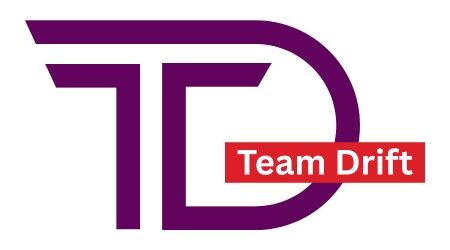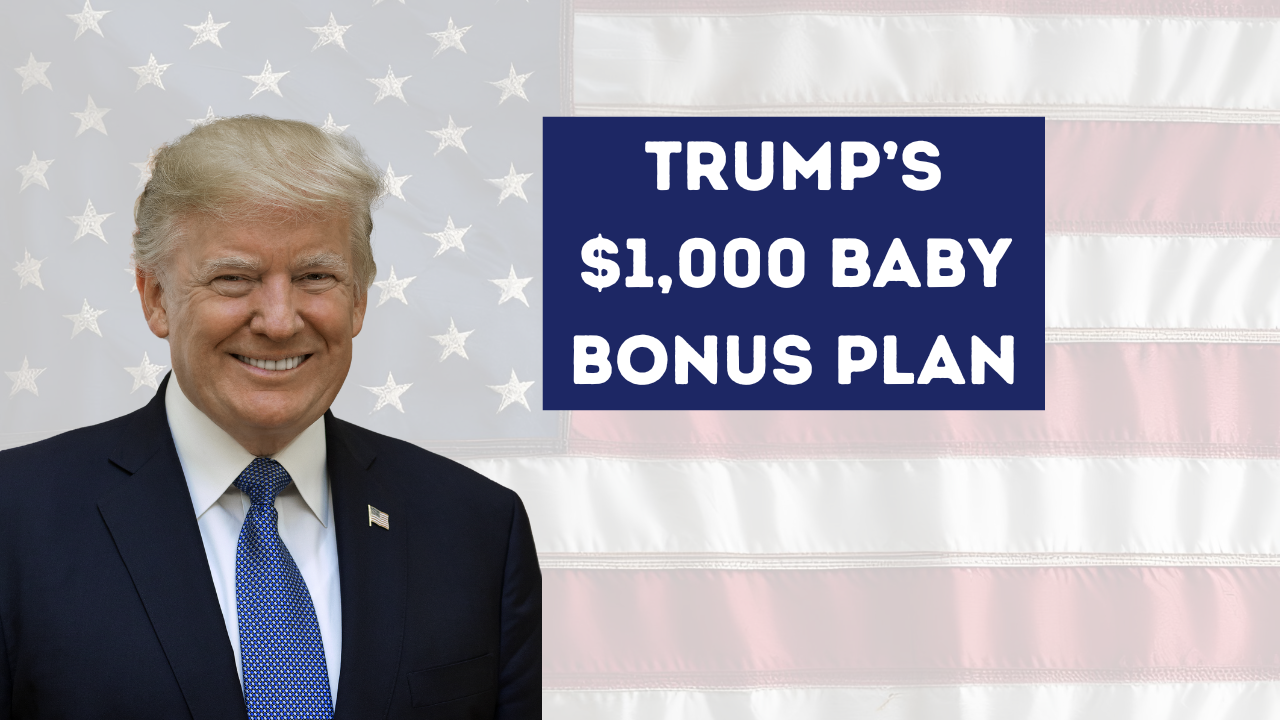In a bold new proposal making headlines nationwide, former President Donald Trump has unveiled a plan aimed at helping American families start strong—offering $1,000 in savings for every baby born in 2025. The initiative, dubbed by some as a “baby bonus,” is part of a broader strategy to support working families, boost birth rates, and invest in America’s future generations.
So, what exactly is Trump’s new 2025 child savings plan? Who qualifies? And how will it work? Here’s everything you need to know.
Table of Contents
- Overview of the $1,000 Baby Bonus Plan
- Why This Proposal Matters
- Who Will Be Eligible?
- How and When the $1,000 Will Be Distributed
- What the Money Can Be Used For
- Reaction from Families and Lawmakers
- How It Compares to Past Child Support Programs
- Final Thoughts: Will This Plan Become Reality?
1. Overview of the $1,000 Baby Bonus Plan
Donald Trump has announced that, if re-elected in 2024, he plans to launch a federal savings initiative for every child born in the United States during 2025. Under this proposal, $1,000 will be deposited into a government-backed account for each newborn—giving families a head start on their child’s future needs.
This proposed account would likely function as a custodial or savings account, possibly tax-deferred or tax-free, with potential to grow over time.
2. Why This Proposal Matters
Trump’s proposal comes at a time when U.S. birth rates are at record lows and families are feeling the squeeze from rising inflation, high childcare costs, and growing healthcare expenses. This savings plan aims to:
- Encourage population growth
- Provide financial relief to new parents
- Build long-term savings for children
- Support early education, healthcare, and housing costs
It’s part of a wider trend among political leaders to introduce pro-family, pro-natalist policies in response to changing demographic trends.
3. Who Will Be Eligible?
While full details haven’t been finalized, preliminary outlines suggest that eligibility would be based on the following criteria:
- Child must be born in the United States during the 2025 calendar year
- At least one parent must be a U.S. citizen or permanent resident
- Household income thresholds may apply (though Trump hinted the benefit would be universal)
Unlike other child tax credits or welfare programs, this savings initiative is positioned more as a long-term investment rather than immediate cash assistance.
4. How and When the $1,000 Will Be Distributed
If the plan moves forward under a new Trump administration, here’s how the rollout might work:
- $1,000 would be automatically deposited into a secure government-managed savings account (similar to 529 plans or child trust funds)
- Parents would receive notification of the account setup shortly after the baby’s birth is registered
- The funds could become accessible once the child reaches a certain age—likely 18—unless withdrawn earlier for approved purposes like education or health
It’s not expected to be a direct cash payout, but rather a locked-in fund for future use.
5. What the Money Can Be Used For
According to early discussion, this $1,000 savings would be restricted to child-focused purposes, possibly including:
- College tuition or vocational training
- Healthcare expenses
- First-time housing costs when the child becomes an adult
- Childcare or early education (if early withdrawal is allowed)
The goal is to provide children with a financial foundation—not to be spent immediately, but to encourage long-term planning.
6. Reaction from Families and Lawmakers
Public reaction has been mixed—but largely curious. Many families have welcomed the idea, especially in today’s economic climate where starting a family can feel financially daunting.
However, some critics have raised questions:
- Will this plan increase the national deficit?
- Could $1,000 per child be too little to make a real difference?
- Should the funds be accessible earlier for working parents?
Lawmakers are expected to debate the bill’s structure and budget implications, especially if Republicans regain control of both Congress and the White House.
7. How It Compares to Past Child Support Programs
Trump’s $1,000 baby savings proposal differs from past child-focused initiatives in several key ways:
| Program | Type | Amount | Accessibility |
|---|---|---|---|
| 2021 Child Tax Credit | Monthly Cash Payment | Up to $3,600 | Immediate use |
| Baby Bonds (proposed in 2020s) | Trust Fund for Children | $1,000+ | Accessible at age 18 |
| Trump’s 2025 Baby Savings Plan | Long-Term Savings | $1,000 | Limited to future needs |
Rather than replacing existing support, this plan may complement it by targeting future costs rather than present needs.
8. Final Thoughts: Will This Plan Become Reality?
While the plan has not yet been passed into law, it’s a strong indicator of Trump’s 2024 campaign focus on families, economic growth, and legacy planning. If re-elected and backed by Congress, the $1,000 baby savings account could become a landmark initiative in 2025.
For now, it remains a proposal—but one that has sparked widespread interest among policymakers and the public alike.
Planning to have a baby in 2025? Keep an eye on this initiative—it could offer your child a meaningful financial start, with just one confirmed birth certificate and the right paperwork.

